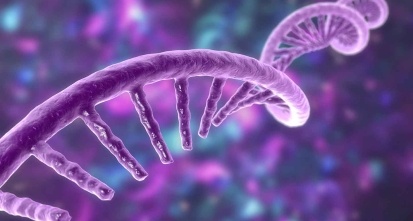Gain new perspectives for faster progress directly to your inbox.
Molecular glues and targeted protein degraders are changing the landscape of drug discovery. This approach ‘sticks’ proteins of interests to E3 ubiquitin ligases of the ubiquitin-proteasome pathway, which helps with protein turnover and removes excess or damaged proteins within the body. Learn more about their rise in oncology, inflammatory, and immune disease treatment through trends, protein targets, scientific mechanisms, and more in our latest article.
Expert perspective from panelist Janet Sasso
This webinar hosted by Angela Zhou, occurred live on October 5th, 2022 with several outside experts:
The opening section focused on the landscape analysis, research trends, key ligases targeted, and a more connected view of the emerging players and therapeutic areas. You can learn more in our detailed Insight Report.
Key highlights from the webinar
Dr. Ebert started off with discussing some of the natural molecular glues such as Cyclosporin and molecular glues that do not utilize the E3 ligase for protein destruction, such as FK-506. He also discussed more in-depth, thalidomide analogs that are being explored further in the field and at Dana-Farber. Additionally, he discussed some of the practical challenges of leveraging genetic libraries and screenings to help identify and understand the mechanisms of these novel structures.
Dr. Chamberlain initiated his presentation with how molecular glues confer neomorphic function to the body’s cellular machinery. He focused on the thalidomide analogs as prototype glues and the challenges of advancing these with species resistance to the transcription factor IKZF1 and the identification of SALL4 as the major driver of teratogenicity. Finally, he shared a few practical takeaways from lessons learned around the challenges of library design, screening, and validation specific to molecular glues.
To wrap up, attendees asked a wide range of questions: from basic molecular glue construct(s) to more advanced modeling questions. In short, this was an engaging panel that highlights future opportunities with molecular glues, targeted protein degraders, and the treatment of diseases with high unmet needs moving forward. See the recording and the associated slides from the webinar here.



